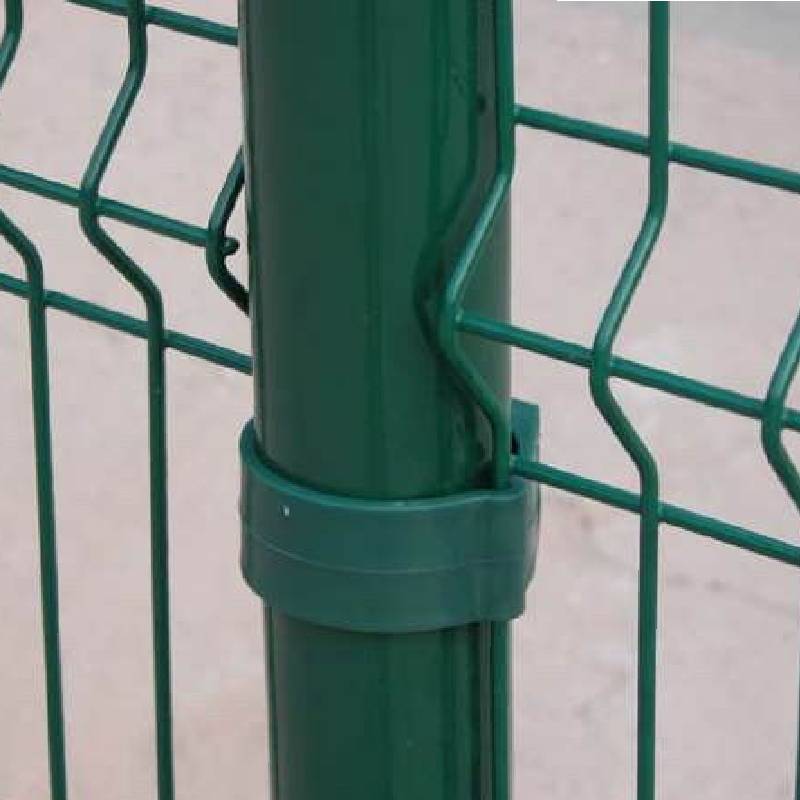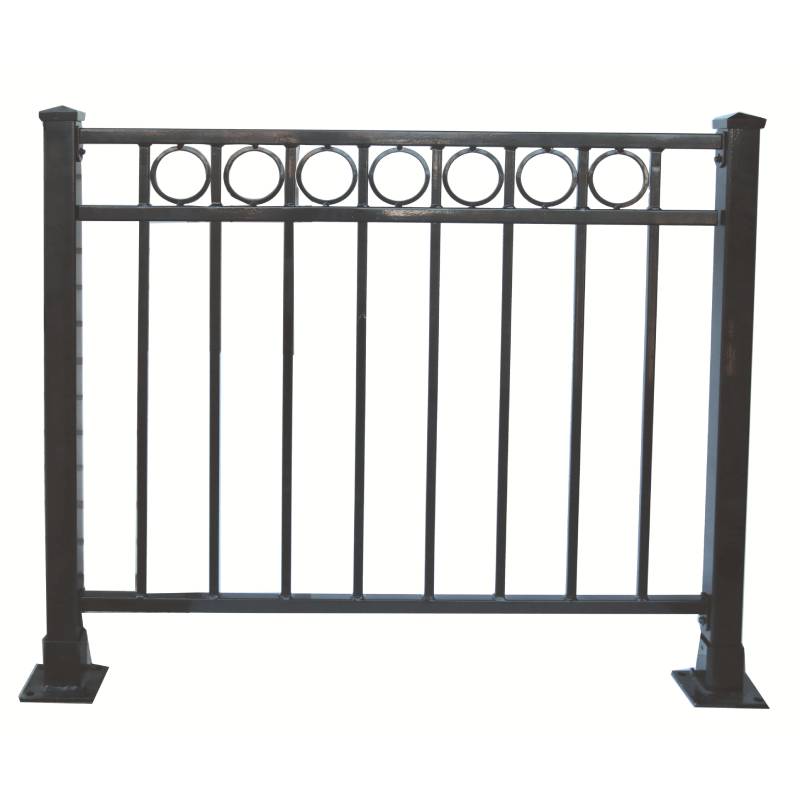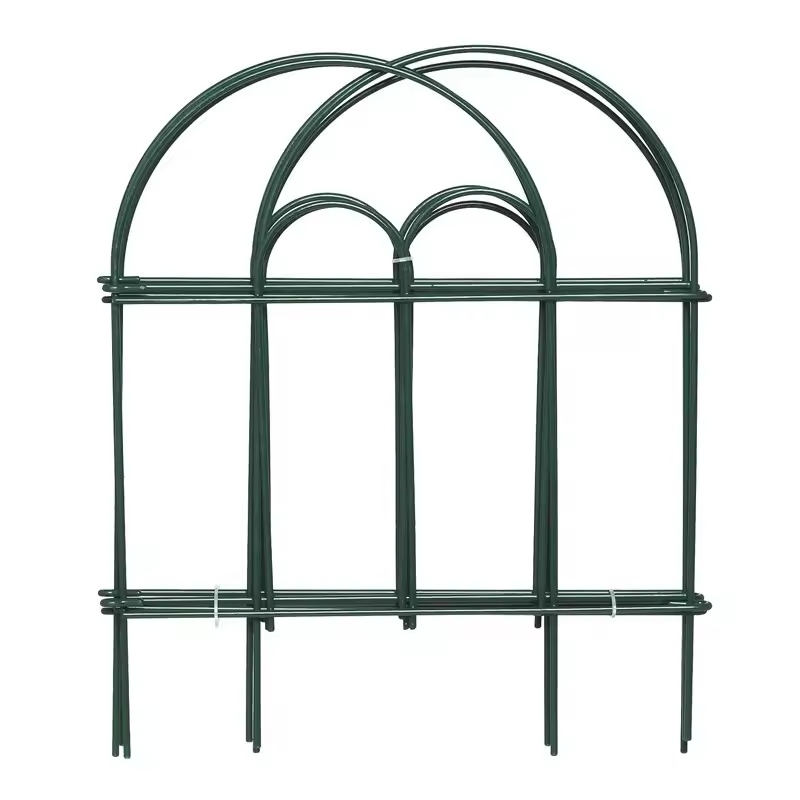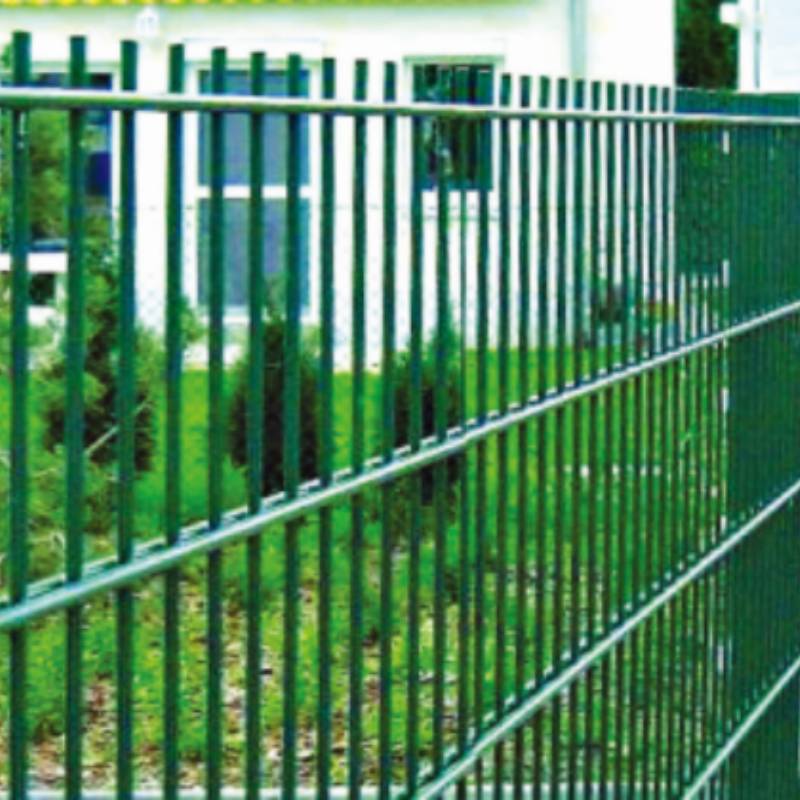-
e-mel:zhao@hyliec.cn
-
Tel:+86 311 85273988
-
WhatsApp:8613931128750
-
 Afrika
Afrika -
 bahasa Albania
bahasa Albania -
 Amharic
Amharic -
 bahasa arab
bahasa arab -
 bahasa Armenia
bahasa Armenia -
 bahasa Azerbaijan
bahasa Azerbaijan -
 Basque
Basque -
 Belarusia
Belarusia -
 Benggali
Benggali -
 Bosnia
Bosnia -
 bahasa Bulgaria
bahasa Bulgaria -
 Catalan
Catalan -
 Cebuano
Cebuano -
 Korsika
Korsika -
 bahasa Croatia
bahasa Croatia -
 bahasa Czech
bahasa Czech -
 Danish
Danish -
 Belanda
Belanda -
 Inggeris
Inggeris -
 Esperanto
Esperanto -
 bahasa Estonia
bahasa Estonia -
 bahasa Finland
bahasa Finland -
 Perancis
Perancis -
 Frisian
Frisian -
 Galicia
Galicia -
 Georgian
Georgian -
 Jerman
Jerman -
 bahasa Yunani
bahasa Yunani -
 Gujerat
Gujerat -
 Kreol Haiti
Kreol Haiti -
 hausa
hausa -
 hawaii
hawaii -
 bahasa Ibrani
bahasa Ibrani -
 Tidak
Tidak -
 Miao
Miao -
 bahasa Hungary
bahasa Hungary -
 bahasa Iceland
bahasa Iceland -
 igbo
igbo -
 Indonesia
Indonesia -
 irish
irish -
 Itali
Itali -
 Jepun
Jepun -
 bahasa jawa
bahasa jawa -
 Kannada
Kannada -
 kazakh
kazakh -
 Khmer
Khmer -
 Rwanda
Rwanda -
 Korea
Korea -
 Kurdish
Kurdish -
 Kyrgyz
Kyrgyz -
 TB
TB -
 bahasa Latin
bahasa Latin -
 bahasa Latvia
bahasa Latvia -
 bahasa Lithuania
bahasa Lithuania -
 Luxembourgish
Luxembourgish -
 Macedonia
Macedonia -
 Malgashi
Malgashi -
 Melayu
Melayu -
 Malayalam
Malayalam -
 bahasa Malta
bahasa Malta -
 Maori
Maori -
 Marathi
Marathi -
 Mongolia
Mongolia -
 Myanmar
Myanmar -
 Nepal
Nepal -
 bahasa Norway
bahasa Norway -
 bahasa Norway
bahasa Norway -
 Occitan
Occitan -
 Pashto
Pashto -
 Parsi
Parsi -
 Poland
Poland -
 Portugis
Portugis -
 Punjabi
Punjabi -
 bahasa Romania
bahasa Romania -
 bahasa Rusia
bahasa Rusia -
 bahasa Samoa
bahasa Samoa -
 Gaelik Scotland
Gaelik Scotland -
 bahasa Serbia
bahasa Serbia -
 Inggeris
Inggeris -
 Shona
Shona -
 Sindhi
Sindhi -
 Sinhala
Sinhala -
 bahasa Slovak
bahasa Slovak -
 Bahasa Slovenia
Bahasa Slovenia -
 Somalia
Somalia -
 bahasa Sepanyol
bahasa Sepanyol -
 bahasa sunda
bahasa sunda -
 bahasa Swahili
bahasa Swahili -
 Bahasa Sweden
Bahasa Sweden -
 Tagalog
Tagalog -
 bahasa Tajik
bahasa Tajik -
 bahasa Tamil
bahasa Tamil -
 Tatar
Tatar -
 Telugu
Telugu -
 Thai
Thai -
 bahasa Turki
bahasa Turki -
 orang Turkmen
orang Turkmen -
 Ukraine
Ukraine -
 bahasa Urdu
bahasa Urdu -
 Uighur
Uighur -
 Uzbek
Uzbek -
 bahasa Vietnam
bahasa Vietnam -
 bahasa Wales
bahasa Wales -
 Bantu
Bantu -
 Yiddish
Yiddish -
 Yoruba
Yoruba -
 Zulu
Zulu
Pagar Panel
Wholesale Metal Fence Panels ?
Wholesale metal fence panels are a popular choice for those looking for durable and secure fencing solutions. These panels are often made steel materials providing a
strong and long-lasting option for garden fencing. They are available in various designs and sizes, making them suitable for a wide range of applications. Wholesale options offer cost-effective solutions for purchasing metal fence panels in bulk, making them ideal for contractors, landscapers, and property developers looking to install fencing on a larger scale.
Is It Cheaper To Buy Fence Panels Or Build Them?
The cost of buying fence panels versus building them can vary depending on several factors. In general, buying pre-made fence panels can be cheaper and more time-efficient than building them from scratch. Pre-made panels are mass-produced, which often makes them more cost-effective due to economies of scale. Additionally, purchasing fence panels can save on labor costs, as they are typically easier and quicker to install compared to building a fence from individual components. However, building a fence from raw materials allows for more customization and control over the design, which may be a priority for some individuals. It's important to consider the specific requirements, budget, and time constraints when deciding whether to buy or build fence panels.
How To Install A Panel Fence?
To install a panel fence involves several steps:
1. Measure and plan: Determine the length of the fence and calculate the number of panels needed. Plan the layout and ensure the fence posts are installed at the appropriate intervals to accommodate the panels.
2. Install the posts: Dig holes for the fence posts, ensuring they are deep enough to provide stability. Set the posts in concrete and allow them to cure before attaching the panels.
3. Attach the panels: Once the posts are set, attach the panels to the posts using appropriate fasteners such as screws or nails. Ensure the panels are level and properly aligned.
4. Add finishing touches: Depending on the type of panels used, additional finishing touches such as capping, trim, or paint may be required to enhance the appearance and durability of the fence.
5. Maintenance: Regular maintenance, such as cleaning and sealing, may be necessary to ensure the longevity of the fence panels.
It's important to follow the manufacturer's instructions and local building codes when paneling a fence to ensure proper installation and compliance with regulations. If in doubt, it's advisable to consult with a professional or seek guidance from experienced individuals.








